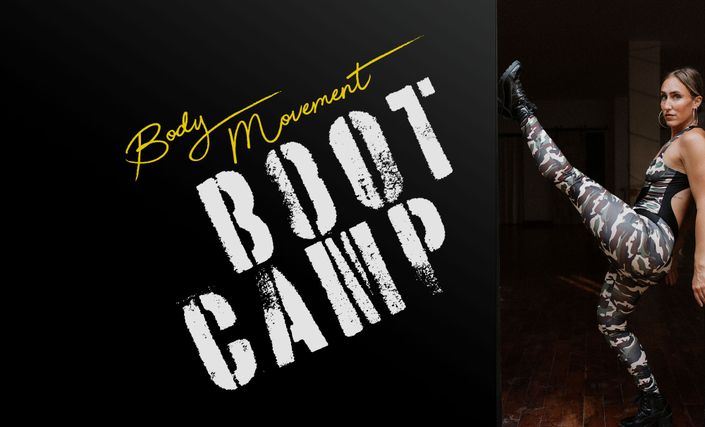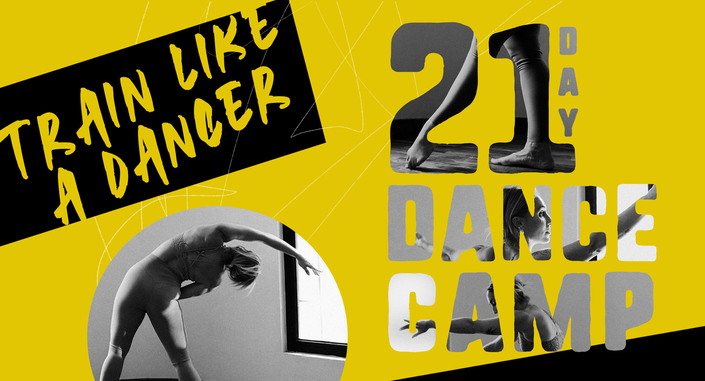
EXPRESS YOUR ESSENCE
At it’s core, dancing is a human activity. It has long been a survival technique for oppressed people worldwide, a coping mechanism for sadness, anger, and despair, an act of resistance, a symbol of revolution and freedom, a religious ceremony. If we extract the emotional, spiritual aspects from dancing and make it purely physical, we are removing half of the substance, making it dry and unfulfilling both for the dancer and the audience.
This was the inspiration behind my Dancing Between The Lines series. I wanted to address this huge deficit in the dance industry and help people start to bring the essence of who they are into their dancing. So here’s your opportunity to learn what no dance teacher has taught you; how to create a fuller, deeper, more meaningful experience. Through guided improvisation and simple intentionality exercises, you'll develop your dancing identity and find physical expression that is uniquely you.
Let’s make that technique that you painstakingly practice, shine to it’s greatest potential.

Bringing Identity to Movement
This first lesson is all about naming who you are and creating a physical manifestation of those qualities. This exercise is a simple example of how putting specific intention behind a movement can hugely influence the quality and aesthetic. We use this exercise to create a reciprocal energy that both moves outward and inward.

(E)motion in Music
In my experience, people greatly underestimate the power of dancing to music they enjoy. Many of my students consider music to be an afterthought, but for me, music and dancing go hand in hand. We move differently when music inspires us and makes us feel something. Because of this, I make it a priority to know the musical tastes of everyone in my studio. In this lesson, we perform guided improvisation using music that we love. The goal of this exercise is to help us feel the difference between simply dancing with the rhythm and being moved by it.

Inspired by Intention
So much of what we do in conventional dance classes is copy our teachers. While this certainly serves a purpose as far as learning the outline of a movement, we then need to color it in with our own unique style. In this lesson, we practice 4 guided improvisation exercises with the goal of opening up different movement styles in your body. Improvisation is an integral part of becoming a fabulous dancer, because through it we start to develop and embrace our own personal style of movement. These 4 prompts are going to help you place specific intention behind your movements, create contrast, and blend transitions. I acknowledge that improvisation can often be scary, even if no-one is watching, but I encourage you to move through the discomfort, as your brilliance lays just beyond.

From Implicit to Explicit
My students constantly express frustration after seeing videos of their dancing. "I feel like I'm doing so much, it doesn't look like anything!" If you've ever thought this about your own dancing, this class is for you.
Generally, when my students make this observation, it has little to do with what they are doing physically. While their dancing may be technically sound, something is still missing.
The reason I feel students are repeatedly disappointed with their dancing, is because they fail to express in their bodies what they are feeling. The goal of this final class is to help us do just that, make the implicit, explicit.
Using techniques from the first three lessons, we end this series by learning to transpose a specific feeling or emotion into full out physical movement. We also work on allowing our facial expressions to reflect our sentiments, something that has a larger impact than most dancers realize.


